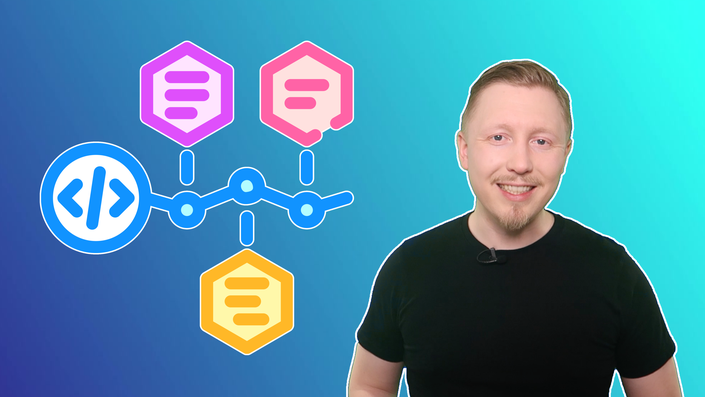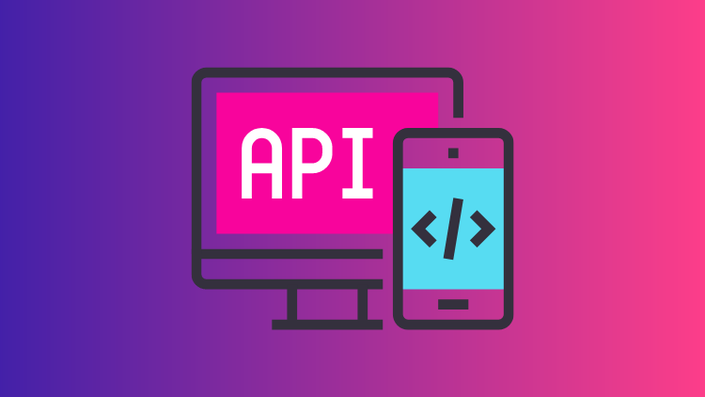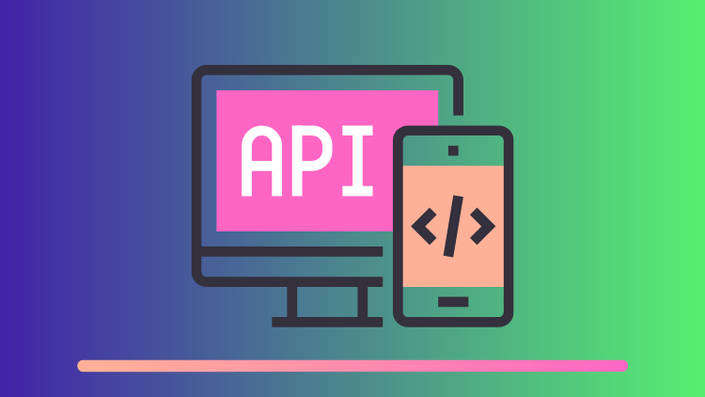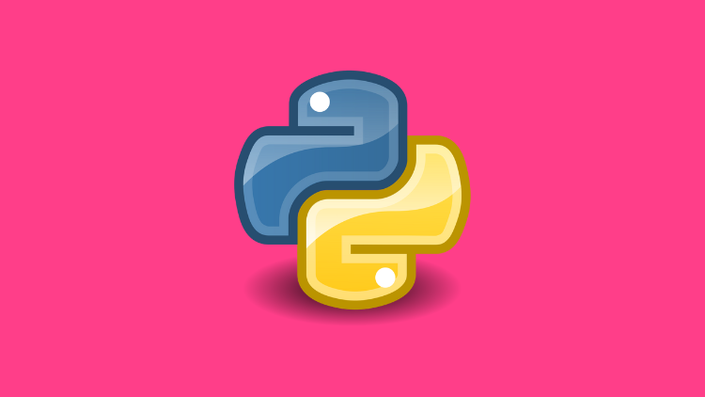
What is Serverless?
Serverless computing is a method of providing backend services on an as-needed basis.
Servers are used, but they’re outsourced to companies - like Google App Engine, Microsoft Azure, or AWS Lambda - in exchange for more flexibility with charging costs. You’re charged based on usage, and not a fixed amount of bandwidth or number of servers.
Though it’s referred to as ‘serverless’, servers are in fact involved. But developers don’t need to worry about them.
Serverless is auto-scaling: You don’t need to pay or reserve a fixed amount of bandwidth. This gives you more flexibility with costs, and is great for scaling up.
Why Serverless?
The benefits of serverless is that there are no servers for you to manage, which saves a huge amount of time when setting up and maintaining projects.
This means developers can spend more time building bespoke functionality for their application and less time managing infrastructure.
Most companies have moved to the cloud to be faster, more efficient, and to reduce overhead.
Companies like Netflix rely on Serverless technology like AWS Lambda to encode, process and deploy videos to millions of users around the world. Coca Cola have migrated to Serverless technology to reduce the cost of managing their vending machines by 188%. (Source: dashbird.io)
Because of the mass migration to Serverless technology, every developer stands to benefit from building their experience in this area.
In fact, new roles are emerging like "Cloud Infrastructure Engineer" or "Cloud Solutions Architect." What's more, these are becoming some of the most in-demand, high paying roles in software development.


Cloud Infrastructure Engineers are amongst the top paid developers in 2023.
The average median salary for these positions is $105,000 USD. This is up almost 20% from 2022, and a staggering climb from 2021 when the role didn’t even exist.
If the last two years are anything to go by, this skillset will continue to skyrocket in demand.
(Source: Stackoverflow Developer Survey 2023, 2022, 2021, survey.stackoverflow.co/2023/)
Why learn Google App Engine?
AWS is leading in the Serverless space, but Google Cloud and Microsoft Azure are quickly gaining ground.
It is forecasted that the Serverless market will be worth 190 Billion by 2035, with Google Cloud being one of the 4 top players.
We made this course with Google App Engine is because it's free to set up, and it has a relatively easy learning curve, so it's a great option for new learners. It's also incredibly scalable, so you can use the service to boost your skills, create something with relatively ease and cost, whilst still having the option to scale your project with ease.

Why take this course?
This is a short and sweet, project based course that will give you the inside scoop on Google App Engine so you can deploy scalable and secure apps. Either at home or in the workplace.
You'll need experience with Django and Docker and a willingness to learn. Patience is also required, like everything software related.
You will learn the best practices of this emerging technology in 4 hours, building a practical tool you can add to your portfolio as a developer.

Google App Engine
In this course you’ll learn how to deploy Django to one of the most popular Serverless technologies available: Google App Engine. You’ll also learn how to use a suite of Google Cloud technologies such as Datastore and Secret Manager.

What You Will Build
This is a concise, project-based course that will teach you how to deploy Django to Google App Engine. During the course you’ll be creating a URL Shortener with Django, using Docker as a development environment and Datastore as a database.

Simply the Best (Practices)
You will create a development environment, write unit tests with Test Driven Development, set up a local Datastore emulator, use Secret Manager to protect sensitive config values, and manage static files. These are best practices to build secure architectures of the highest quality.
The Curriculum
Featured Products
Interested in learning more? Check out our other courses. There's something for every skill level.






